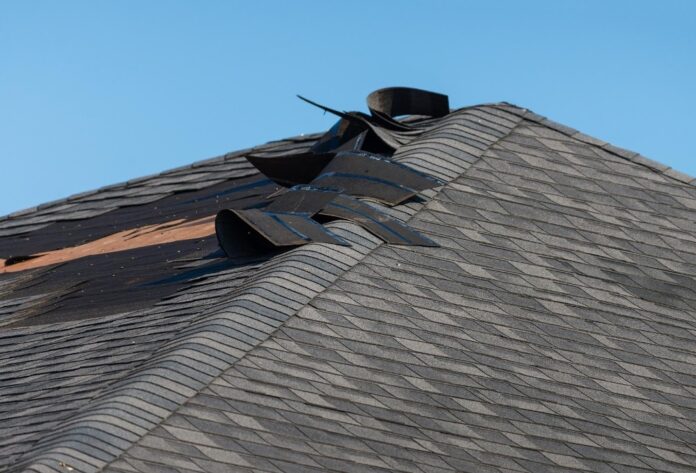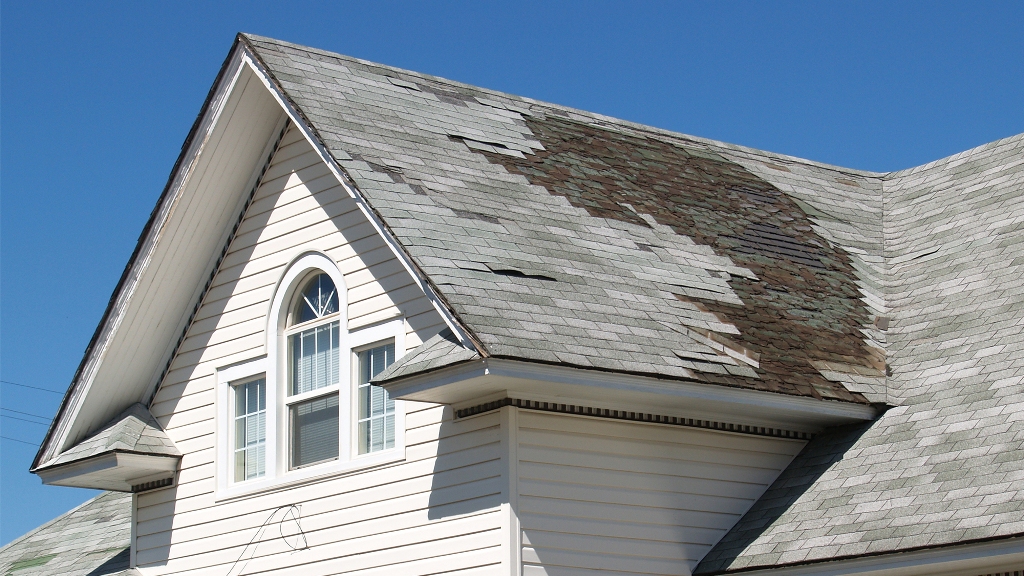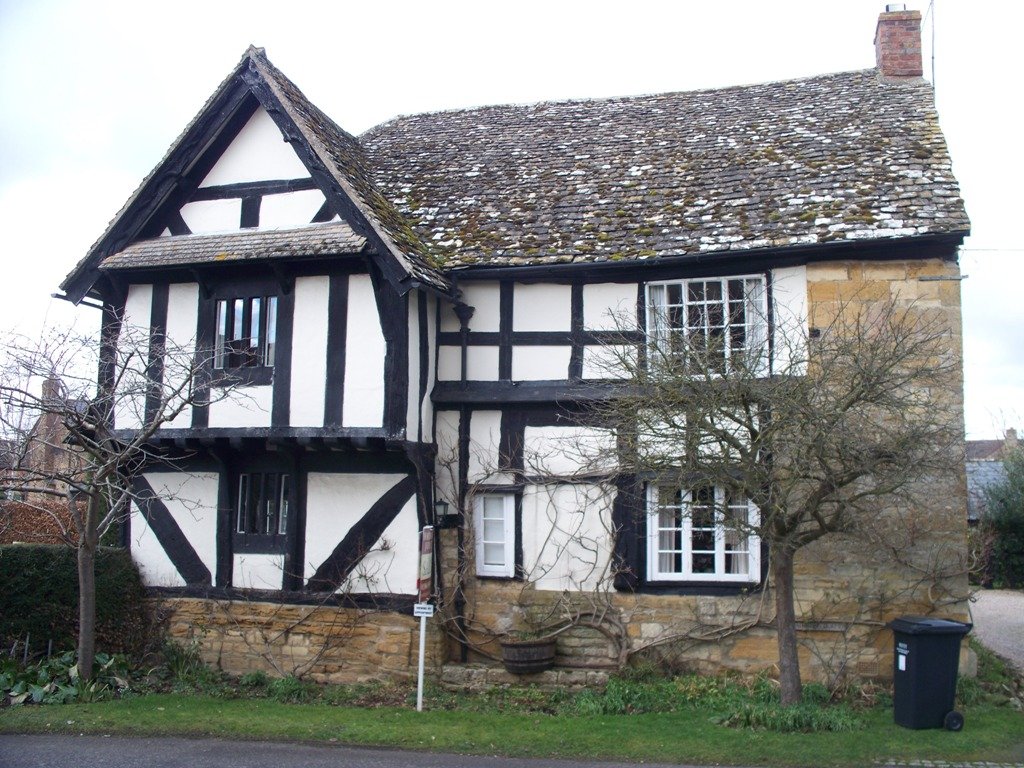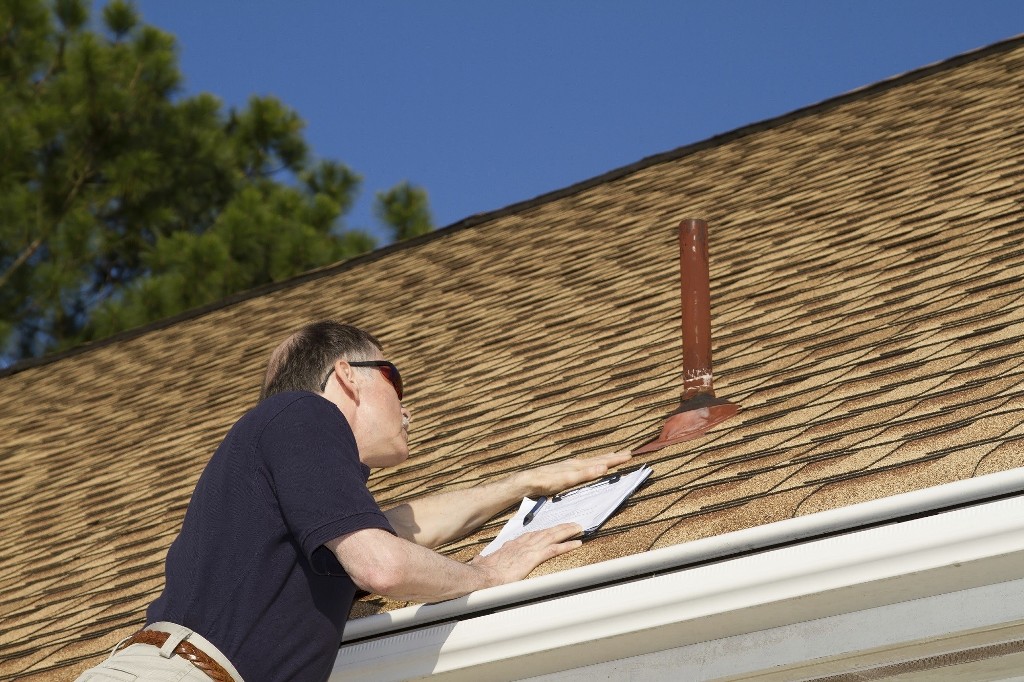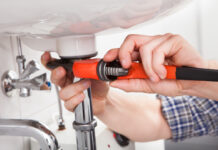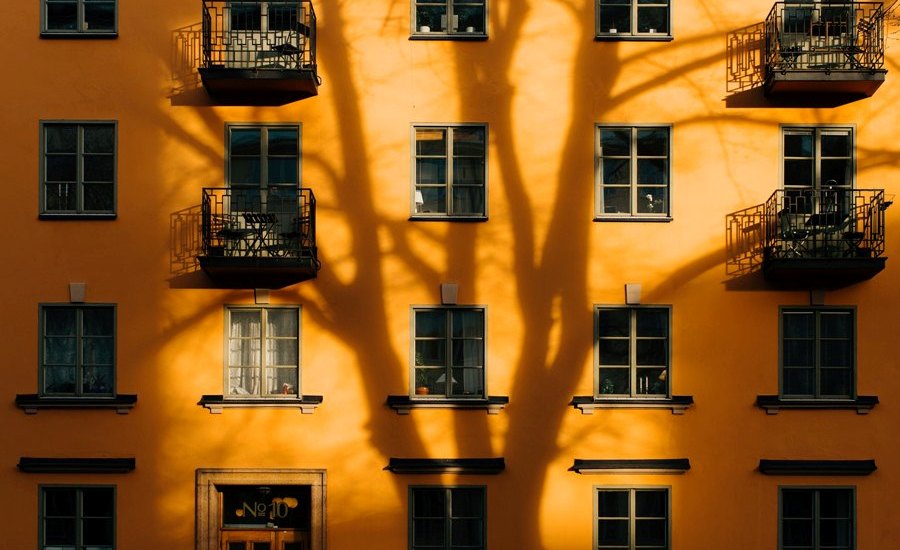If you live in an area that suffers from severe winter storms, then you know just how detrimental the damage can be to your property. When you’re finished inspecting your vehicles for damage, you’ll need to begin inspecting your roof for damage. Your home’s roof is its number-one defense mechanism against all weather elements.
If your roof becomes damaged, then you’re risking the rest of your home becoming damaged as well. After ice and snow have fallen on your home, you need to do a full inspection of your roof for roof damage. If any damages are found, you’ll need to put a repair plan into action as quickly as possible.
Here’s what to look for once things thaw out.
1. Signs in the House
You can begin your inspection by looking for signs within the house. If the roof of your home has been damaged, there are a few ways to know just by looking at the inside of your home. One of the first things to look for is signs of water seeping through.
Is there actual water coming through the roof? Is the ceiling or walls stained with discoloration? If you happen to notice either of these things, then you’ll want to ensure that there’s no damage to the roof.
Do keep in mind that these signs might not always mean a problem with the roof itself. There could be a leak coming from systems inside the attic as well. This is why the attic should be your next stop.
If there are no issues with the systems inside your attic, check the attic walls for signs of water damage as well.
2. Increase in Energy Bill
If there is damage to your roof and you don’t make the repairs, then you might notice an increase in your energy bill. If there is enough roof damage done, your hot air in the house could seep through the roof. When this happens, your HVAC unit is working much harder than it should to keep your home warm.
Over time, you’ll begin to notice your energy bill rising. If you see a change in this cost, then you’ll need to check the roof for damage.
3. Signs of Moisture
Aside from actual water leaking in your home, you should check for signs of moisture. Moisture isn’t always as noticeable as leaking water is. However, this is what makes it more dangerous.
If moisture is getting into your home and goes unnoticed, it can create a breeding ground for mold and mildew. If you notice mold or mildew growing anywhere inside the home, be sure to check the condition of your roof.
4. Take a Survey Around the House
When heading outside, do a quick survey around the house. Look for roof debris that might have blown off during the snow or hail fall. Be sure to take your time and sift through bushes, trees, and the grass.
If you find a shingle on the ground, then this is a sure sign that there’s been damage to your roof. However, if you don’t find any debris from your roof, you don’t want to end your inspection there. There is a good chance that damage has occurred, but nothing fell to the ground.
5. Damage to a Chimney
Climbing up on the roof is dangerous and should always be your last option when looking for roof damage. Although you might not be able to see the top of your roof from the ground level, you should be able to see your chimney. Even if your chimney is hard to see, using a pair of binoculars should get you the view you need.
Look at the chimney for any signs of winter storm damage. Is any of the flashing pulled away from it? Is there flashing pulled away from your skylights?
These are both two great ways to determine roof damage. You should also use your binoculars to look around the roof for signs of bald patches. If you notice bald spots on the asphalt surface, then you know that there’s been damage done to the roof’s shingles.
6. Check the Roof Shingles
Your next step is to check the roof shingles. Even if you don’t find signs of water damage from inside the house, it’s still important to head outside and check the roof out itself. The best way to inspect the roof is to physically get up there.
Be sure to use a ladder safely and proceed with great caution as getting up on the roof can be dangerous. If you’re not comfortable with using a ladder, look through a pair of binoculars instead.
Once at the roof’s level, check for changes in the roof’s tiles. If there are any areas on the roof that were once sealed shut or cemented, it’s essential that you check them out.
The cold weather can cause sealants and cement to crack. Make sure there are no cracks in these areas. You should then begin to check the roof’s shingles.
Be on the lookout for shingles that are broken, raised, or moved around. Don’t forget to check out your gutters as well. Be sure that the gutters are still intact and in working order.
If there’s any debris in them, be sure to clean it out.
Does Your Home Have Roof Damage From Winter?
After a severe winter storm or season, it’s vital that you inspect your home for roof damage. Follow these tips listed above to ensure you spot any signs of damage.
Need more helpful posts such as this one? Visit us regularly to see what new posts we have!

